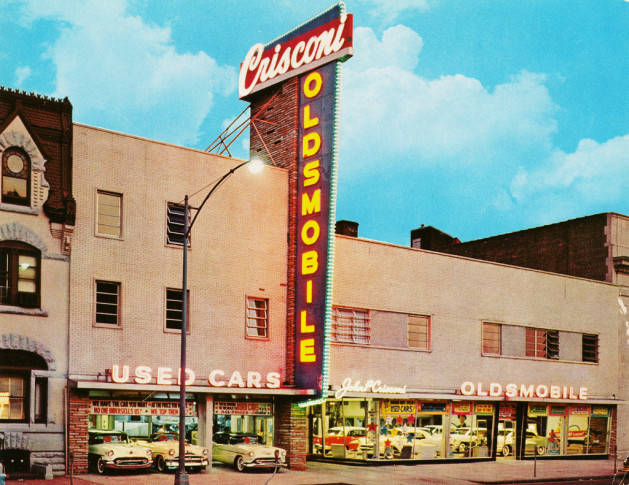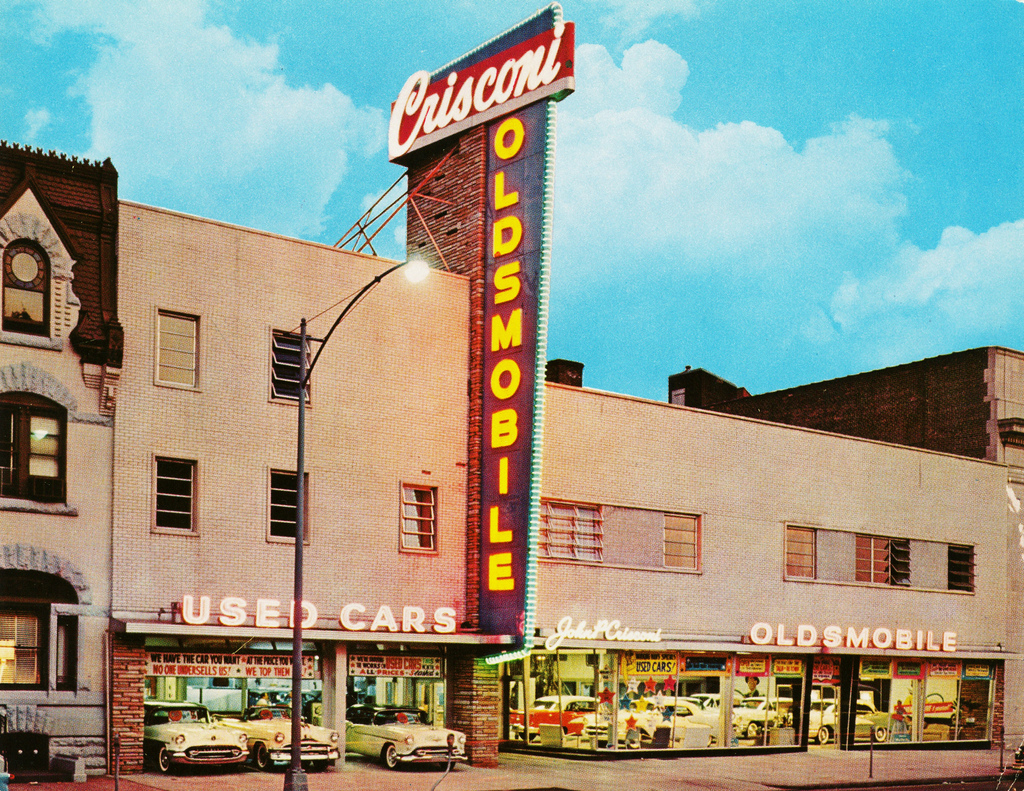
Indications are rosy for U.S. auto sales now that the recession is in the rearview mirror.
According to analysts — who are bullish on the industry — new vehicle sales will hit their highest level since 2006, as consumers look to replace aging cars and trucks. In fact, estimated sales are expected to land somewhere between 16 million and 16.5 million, near pre-recession levels, which would mean an increase of around 5.8 percent.
Experts caution that this number is down from last year’s 7.6 percent growth, and would be the industry’s smallest increase since sales bottomed out at 10.4 million vehicles in 2009. The takeaway? Automakers can afford to be cautiously optimistic about sales for the remainder of the year, but also need to understand that as growth sales slow, they will have to be diligent with their marketing and incentive offerings.
Rick Baranski, director of publisher relations for U.S. Suburban Press (USSPI), maintains that the most effective auto-marketing strategies use local newspaper and targeted email to increase sales. USSPI is an advertising network of community newspapers around the U.S. and is now a recognized leader of nationally aggregated email campaigns delivering targeted quantities of 50K and under through its eZIPs program.
“Local newspapers are the primary information source used during the car-buying process,” says Baranski. “The eZIPS email program that we offer complements the print ads by reaching individuals who are most likely to be shopping for a vehicle at the moment.”
Scott Slobodnik, brand manager of eZIPs, cites a case study of a dealership that sent out almost 39,000 emails at a cost of just over $3,800 using its eZIPs program.
“That dealership sold 31 vehicles, for a return on investment of almost $52,000,” says Slobodnik.
As a matter of perspective, the National Automobile Dealers Association estimates that the national marketing cost per vehicle sold is $644, while the eZIPs program delivers on average $250, and as little as $88.
“Dealers in the program are seeing outstanding results,” adds Slobodnik. “In most cases, there are six to 12 cars being sold per 10,000 e-mails that are sent out.”
With more people working and willing to spend their money to replace aging vehicles, coupled with low interest rates, what is clear is that the short-term future for auto sales remains bright.
For more information, visit www.usspi.com.



